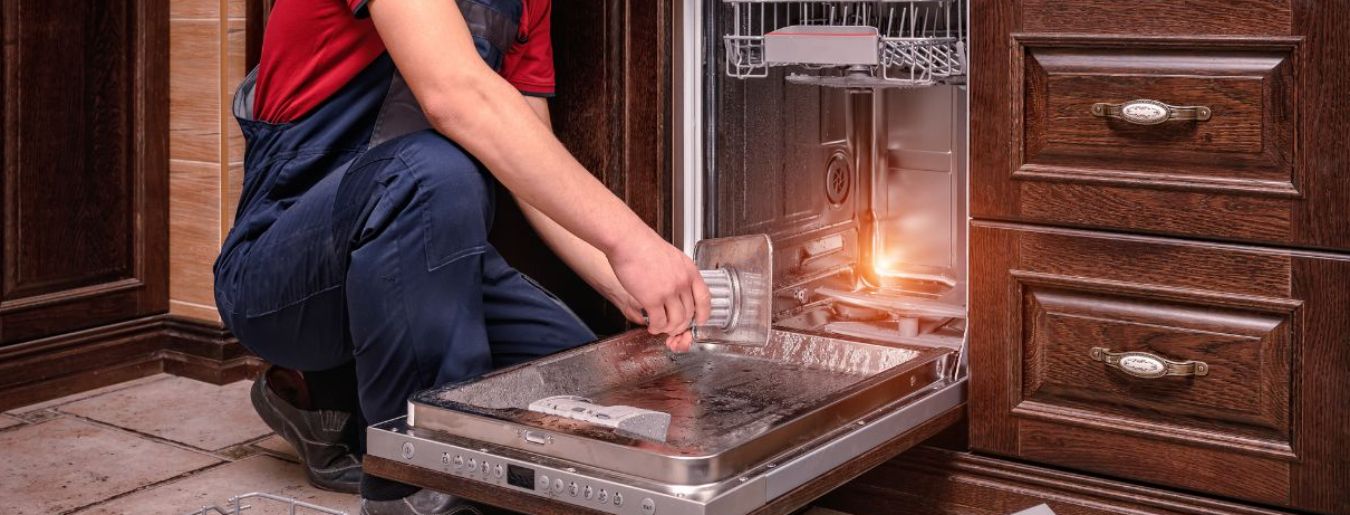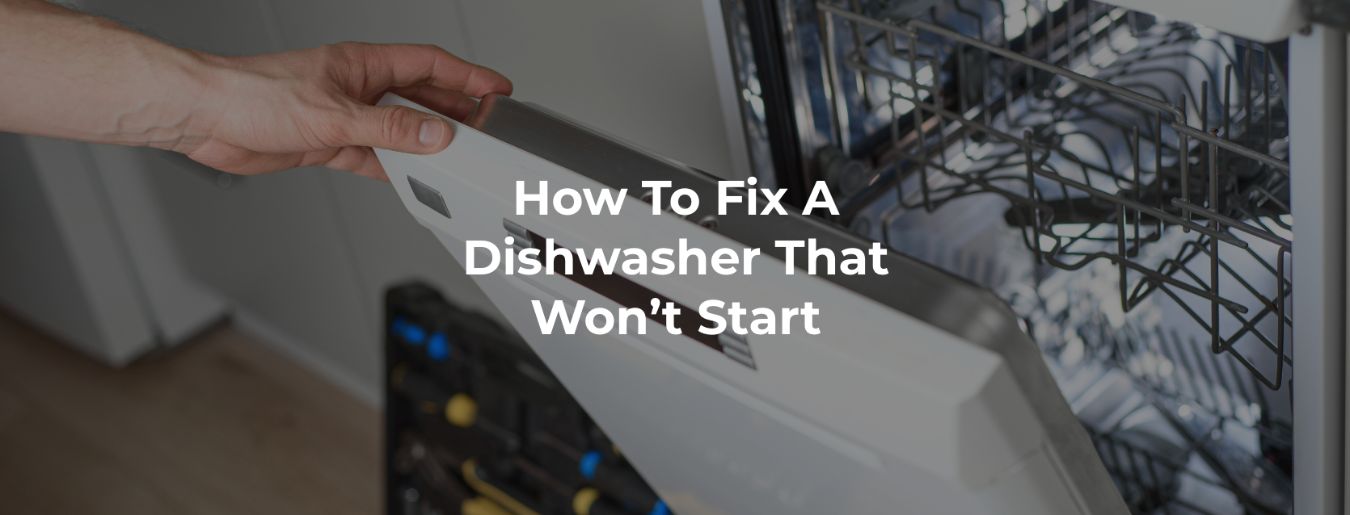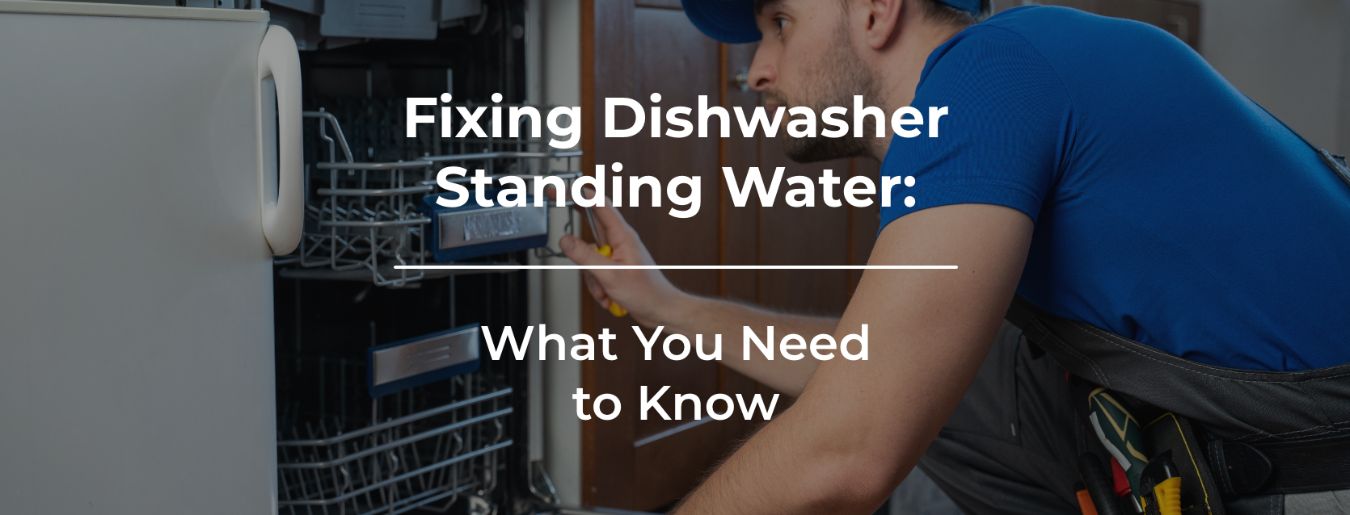Dishwasher Air Gap is an essential component of modern kitchen plumbing systems. It plays a crucial role in preventing cross-contamination between the dishwasher and the potable water supply. In this guide, we will explore the dishwasher air gap in detail, covering its purpose, working mechanism, installation process, maintenance tips, and more. Whether you are a homeowner, plumber, or someone interested in kitchen plumbing, this article will provide you with valuable insights into the dishwasher air gap and its significance.
What is a Dishwasher Air Gap?
The dishwasher air gap is a small plumbing device installed on the kitchen countertop or sink. It serves as a barrier between the dishwasher's drain hose and the household plumbing system, preventing dirty water and contaminants from flowing back into the dishwasher or polluting the water supply. By creating a physical air gap, this device ensures a safe and sanitary environment during the dishwasher's operation.

Get Home Warranty Quotes
from Top Rated Authorized
Partners
Get a Quote
How Does a Dishwasher Air Gap Work?
The mechanism behind a dishwasher air gap is relatively simple yet effective. When the dishwasher is in use, wastewater flows through the drain hose and enters the air gap. Within the air gap, there is a vertical pipe that extends above the countertop level. As the wastewater enters the air gap, it is directed into this vertical pipe. Simultaneously, air from the surrounding environment enters through small holes or openings in the air gap's cap or cover. This introduction of air prevents any vacuum or negative pressure from forming in the drain system, thus preventing backflow.
The Importance of a Dishwasher Air Gap
Preventing Backflow and Contamination
The primary purpose of a dishwasher air gap is to prevent backflow, which occurs when water or contaminants flow in the wrong direction within a plumbing system. Backflow can contaminate the dishwasher's clean water supply, leading to potential health hazards for the household. By maintaining a physical barrier between the dishwasher drain and the plumbing system, the air gap effectively prevents backflow and ensures the purity of the water supply.
Compliance with Plumbing Codes and Regulations
In many jurisdictions, the installation of a dishwasher air gap is mandated by plumbing codes and regulations. These codes are put in place to protect public health and maintain sanitary conditions. By complying with these requirements, homeowners can avoid legal issues and ensure that their kitchen plumbing system meets the necessary standards.
Potential Risks of Not Having a Dishwasher Air Gap
Choosing to forego the installation of a dishwasher air gap can expose your household to various risks. Without an air gap, backflow can occur, allowing contaminated water to flow back into the dishwasher. This contaminated water may contain harmful bacteria, chemicals, or food debris, compromising the cleanliness of your dishes and posing a health risk to your family. Additionally, in regions where air gaps are mandatory, not having one installed can lead to violations of plumbing codes, resulting in penalties or even the inability to sell your home.
Installation and Maintenance of a Dishwasher Air Gap
Installing a dishwasher air gap is a relatively straightforward process that can be done by homeowners with basic plumbing knowledge. It involves connecting the dishwasher drain hose to one side of the air gap and attaching the other side to the sink or countertop. Regular maintenance of the air gap is also essential to ensure its proper functioning. This includes cleaning the device periodically to prevent clogs and blockages that could impede water flow and compromise its effectiveness.
Different Types of Dishwasher Air Gaps
When it comes to dishwasher air gaps, there are several different types available on the market. Each type offers its own set of advantages and installation requirements. Understanding the differences between these types can help you choose the most suitable option for your kitchen setup. Here are the three main types of dishwasher air gaps
Standard Air Gap
The standard air gap is the most common and traditional type of dishwasher air gap. It consists of a simple design, typically comprising a cylindrical or cone-shaped body with a cap or cover. The air gap is installed on the kitchen countertop or sink, creating a visible gap between the dishwasher drain hose and the plumbing system. The wastewater from the dishwasher flows into the air gap and is directed through a vertical pipe that extends above the countertop level. The cap or cover of the air gap has small openings or holes that allow air to enter, preventing the formation of a vacuum and ensuring smooth drainage.
The standard air gap is relatively easy to install and maintain. It is widely available and compatible with most dishwasher models. However, one drawback is that it can be visually prominent on the countertop, which may not appeal to some homeowners who prefer a sleek and minimalist kitchen design.
High-Loop Air Gap
The high-loop air gap is an alternative configuration that can be used in place of a traditional air gap. Instead of installing a physical air gap device, the high-loop setup involves routing the dishwasher drain hose to create a loop or arc under the kitchen countertop or a nearby cabinet. The highest point of the loop should be positioned higher than the sink's flood level rim.
The concept behind the high-loop configuration is to create a barrier that prevents backflow by using the natural curve of the drain hose. This setup ensures that wastewater from the dishwasher flows uphill, reducing the risk of backflow. While the high-loop arrangement can provide some level of protection against backflow, it is important to note that it is not considered as reliable or foolproof as a dedicated air gap. Plumbing codes in many jurisdictions explicitly require the installation of an air gap rather than relying solely on the high-loop method.
Decorative Air Gap
For homeowners who value aesthetics and want to integrate the dishwasher air gap seamlessly into their kitchen design, decorative air gaps are an appealing option. These air gaps are designed to resemble stylish and decorative accessories rather than the traditional cylindrical or cone-shaped devices. Decorative air gaps come in a wide variety of styles, finishes, and materials to match different kitchen aesthetics.
Despite their decorative appearance, these air gaps function in the same way as standard air gaps, providing the necessary backflow prevention and maintaining the integrity of the plumbing system. Decorative air gaps offer a blend of functionality and visual appeal, allowing homeowners to incorporate the air gap seamlessly into their kitchen décor.
When choosing a dishwasher air gap, it is important to consider factors such as compatibility with your dishwasher model, installation requirements, and personal preferences. Consulting with a plumber or researching specific product details can help you make an informed decision and select the most suitable type of dishwasher air gap for your kitchen.

Let us find the
Best Home Warranty Provider
for your Home's Needs
Troubleshooting Common Issues with Dishwasher Air Gaps
While dishwasher air gaps are designed to work reliably, certain issues can arise over time. These may include leaks, blockages, or improper drainage. Understanding common problems and their potential solutions can help homeowners troubleshoot and resolve these issues efficiently, ensuring the continued protection and functionality of the air gap.
Environmental Considerations
In addition to safeguarding your health and complying with regulations, installing a dishwasher air gap also has positive environmental implications. By preventing backflow and contamination, the air gap helps maintain the quality of the water supply, reducing the need for excessive water usage and the use of harsh chemicals for re-washing dishes. It promotes eco-friendly practices in the kitchen and contributes to water conservation efforts.
The Future of Dishwasher Technology and Air Gaps
As technology continues to advance, dishwasher manufacturers are continuously exploring innovative solutions to enhance the functionality and convenience of these appliances. While the fundamental purpose of a dishwasher air gap remains unchanged, it is possible that future dishwasher models may incorporate built-in air gap features or alternative mechanisms to address the issue of backflow. However, until such advancements become widespread, the installation of a standalone dishwasher air gap remains the most reliable and widely accepted method to ensure the safety and integrity of your kitchen plumbing system.
Conclusion
In conclusion, a dishwasher air gap is an essential component of any kitchen plumbing system. It serves as a critical line of defense against backflow and contamination, safeguarding the cleanliness of your dishes and protecting your household's health. Beyond compliance with plumbing codes and regulations, installing a dishwasher air gap offers peace of mind, knowing that your dishwasher operates efficiently and reliably. By selecting the appropriate type of air gap and performing regular maintenance, you can enjoy the benefits of a clean and safe kitchen environment. Embracing the importance of a dishwasher air gap sets the stage for a hygienic and convenient dishwashing experience while upholding the highest standards of plumbing and public health.



 Prev Post
Prev Post







